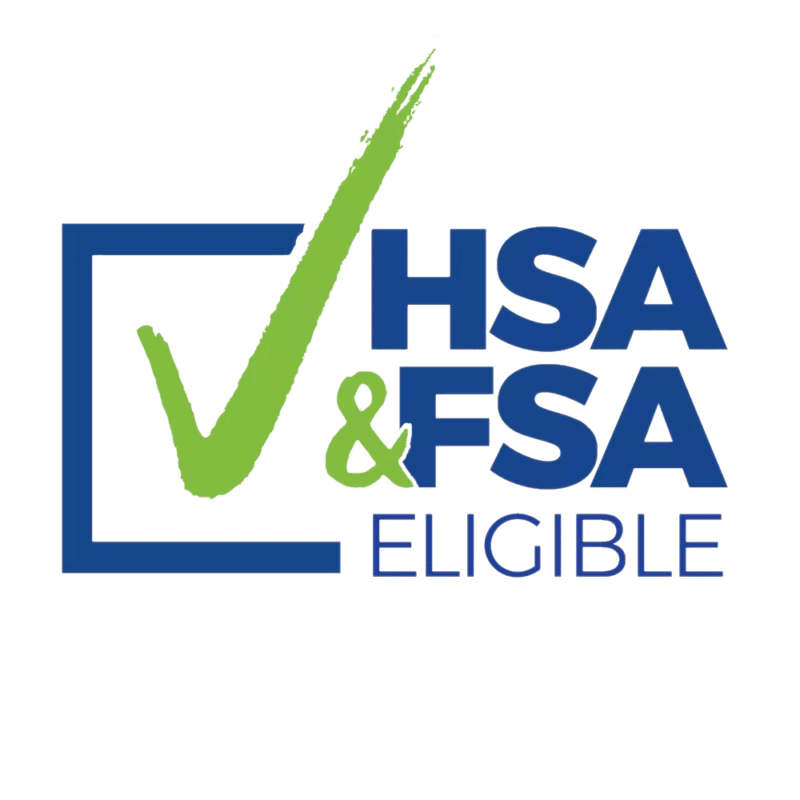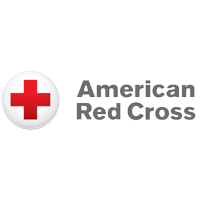AED Packages, AED's
AED Requirements for U.S. Workplaces: OSHA, State Laws & Industry Guidelines
Automated External Defibrillators (AEDs) are crucial devices that can restore a normal heart rhythm during sudden cardiac arrest (SCA), a condition that can strike without warning. Each year, more than 350,000 out-of-hospital cardiac arrests occur in the United States, with many taking place in workplaces. Cardiac arrest is a medical emergency where minutes matter. The survival rate drastically drops with each minute that defibrillation is delayed. In high-traffic workplaces such as warehouses, corporate offices, manufacturing plants, and even retail spaces, AEDs are increasingly seen as essential equipment. As awareness grows, so does the conversation around whether workplaces are legally or ethically required to provide them.
OSHA’s Position on AEDs in the Workplace
The Occupational Safety and Health Administration (OSHA) is the primary federal agency overseeing workplace health and safety in the United States. Although OSHA strongly supports the use of AEDs and includes them as part of recommended first aid and emergency response programs, it does not currently mandate their presence in all workplaces. OSHA encourages employers to implement AED programs as part of their broader safety strategy, especially in environments where the risk of sudden cardiac arrest is elevated due to age demographics, physical activity, or the nature of the work performed. OSHA provides guidance and resources on how to create a workplace AED program, but stops short of issuing a federal requirement for their installation.
State-Level AED Requirements for Workplaces
While federal OSHA guidelines are influential, individual states often set their own workplace health and safety standards, and some states have enacted laws that go beyond federal requirements. Several states require AEDs in specific types of workplaces, particularly those with large employee populations, government buildings, or high-risk environments. For instance, states like New York, Illinois, and California have laws requiring AEDs in health clubs, public buildings, or certain occupational settings. These requirements can vary significantly from one jurisdiction to another and may include mandates around AED placement, maintenance, staff training, and documentation. For multi-state employers, navigating these varying laws is essential for compliance and risk management.
High-Risk Industries and AED Recommendations

Certain industries inherently carry a higher risk of cardiac events due to the physical nature of the work or the demographics of the workforce. Construction, manufacturing, transportation, and utilities are among the sectors where AEDs are most critical. Employees in these industries may work in remote or hazardous locations, far from emergency medical services. In such environments, having an AED on-site—and ensuring that employees are trained to use it—can be a life-saving measure. In many cases, industry-specific safety bodies or trade associations provide additional recommendations or best practices for AED implementation, even in the absence of formal laws. Employers in these sectors are increasingly adopting AED programs as a standard part of their health and safety protocols.
Legal Liability and Employer Responsibility
One of the most pressing concerns for employers is liability—both for providing and for failing to provide AEDs. While there is no broad federal requirement, courts have increasingly scrutinized workplace preparedness in emergencies. If an employer fails to provide reasonable medical emergency support in a high-risk environment and a preventable death occurs, they may face lawsuits, regulatory fines, or damage to their reputation. Conversely, employers who provide AEDs may be concerned about being sued if the device is used improperly. However, Good Samaritan laws in all 50 states generally provide legal protection to both employers and employees who act in good faith during an emergency, provided they follow basic guidelines and the equipment is properly maintained.
AED Maintenance and Training Requirements
Installing an AED is not a one-time task. Ongoing maintenance and staff training are essential components of a compliant and effective AED program. AED devices must be checked regularly to ensure that batteries are charged and electrode pads are within their expiration dates. Some states have specific regulations regarding how often AEDs must be inspected and maintained. Training is another critical element. While AEDs are designed for ease of use, formal training—often combined with CPR certification—can significantly improve response times and outcomes. Employers should provide periodic training sessions for designated personnel and ensure that emergency response procedures are integrated into broader workplace safety protocols.
Insurance Benefits and Risk Mitigation
Workplace AED programs can offer significant advantages when it comes to insurance and liability risk mitigation. Many insurance providers recognize the value of AEDs and may offer premium reductions or incentives to businesses that implement certified safety programs, including AED availability. From a risk management perspective, AED programs demonstrate a proactive commitment to employee safety. This can be especially beneficial in industries with higher injury or fatality rates. In addition, showing due diligence in preparing for medical emergencies can positively influence legal outcomes in the event of a workplace incident, reducing the likelihood of negligence claims.
Best Practices for AED Placement in the Workplace
Determining where to place AEDs in a workplace is a key factor in their effectiveness. The American Heart Association recommends that AEDs be placed so that they can be retrieved and used within three minutes of a potential cardiac arrest. For large office buildings, manufacturing plants, or campuses, this may mean installing multiple AED units throughout the facility. AEDs should be placed in easily visible and accessible areas, such as near elevators, lobbies, break rooms, security desks, and common workspaces. Signs should indicate their location, and employees should be trained on how to access and operate the devices during emergencies. Accessibility is especially important for workplaces that operate multiple shifts or have limited medical staff on-site.
AEDs and Emergency Preparedness Programs

AEDs should not exist in isolation within a company’s safety plan. They must be integrated into a comprehensive emergency response program. This includes creating a written policy, assigning responsibilities, conducting regular drills, and maintaining compliance records. Emergency plans should include protocols for contacting emergency services, documenting the use of AEDs, and providing post-incident support. Coordination with local emergency medical services (EMS) is also advisable; many jurisdictions recommend registering your AEDs with local EMS agencies so they are aware of their presence and location. A well-organized AED program demonstrates that a company is serious about safety and prepared to respond effectively in a crisis.
The Growing Movement Toward Nationwide AED Standards
Although AED requirements for workplaces currently vary by state and industry, there is increasing momentum toward establishing consistent national standards. Public health advocates and medical organizations have called for stronger federal regulations to ensure that all workplaces—especially those with large or aging workforces—are equipped to respond to cardiac emergencies. As workplace wellness and safety continue to gain national attention, more businesses are voluntarily adopting AED programs, even in the absence of mandates. In the future, OSHA or other federal agencies will likely revisit the question of AED requirements as part of broader workplace health initiatives.
Conclusion: Proactive AED Implementation Is a Strategic Investment
While not every U.S. workplace is legally required to have an AED, the business, ethical, and human arguments for doing so are compelling. AEDs save lives, and the time lost waiting for emergency responders can be the difference between survival and tragedy. With federal OSHA encouragement, state-level mandates in specific cases, and increasing expectations from employees and the public, it is clear that AED programs are becoming a best practice in workplace safety. By staying informed about applicable laws, training staff, maintaining equipment, and integrating AEDs into emergency response plans, employers can not only protect lives but also protect their organization from liability, reputational harm, and regulatory risk. In the modern workplace, safety is no longer optional—and neither is preparedness.






